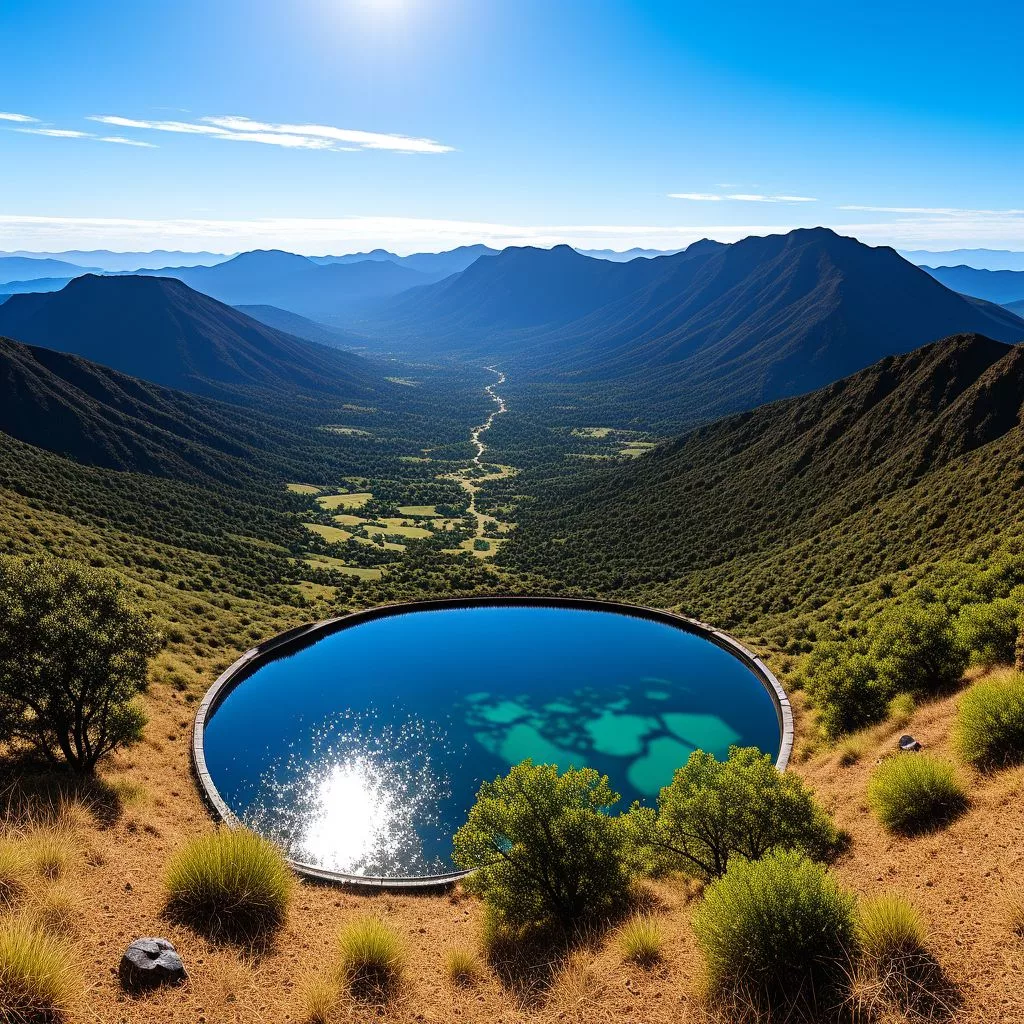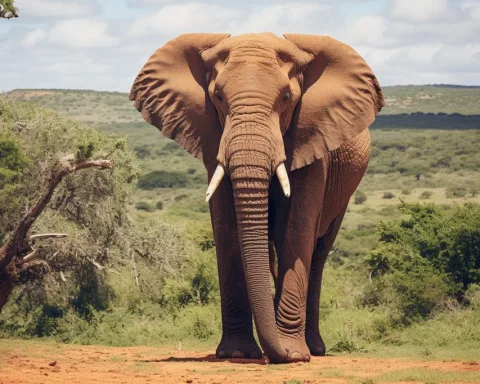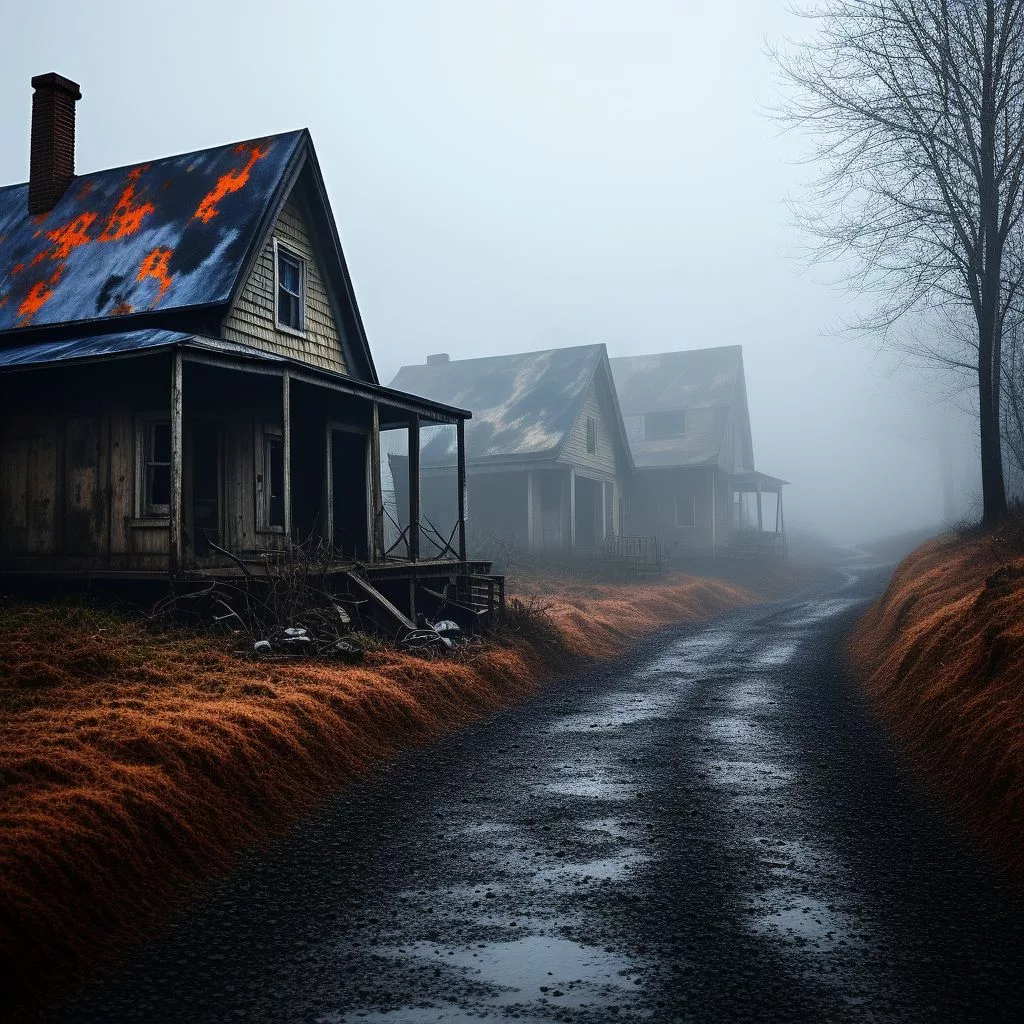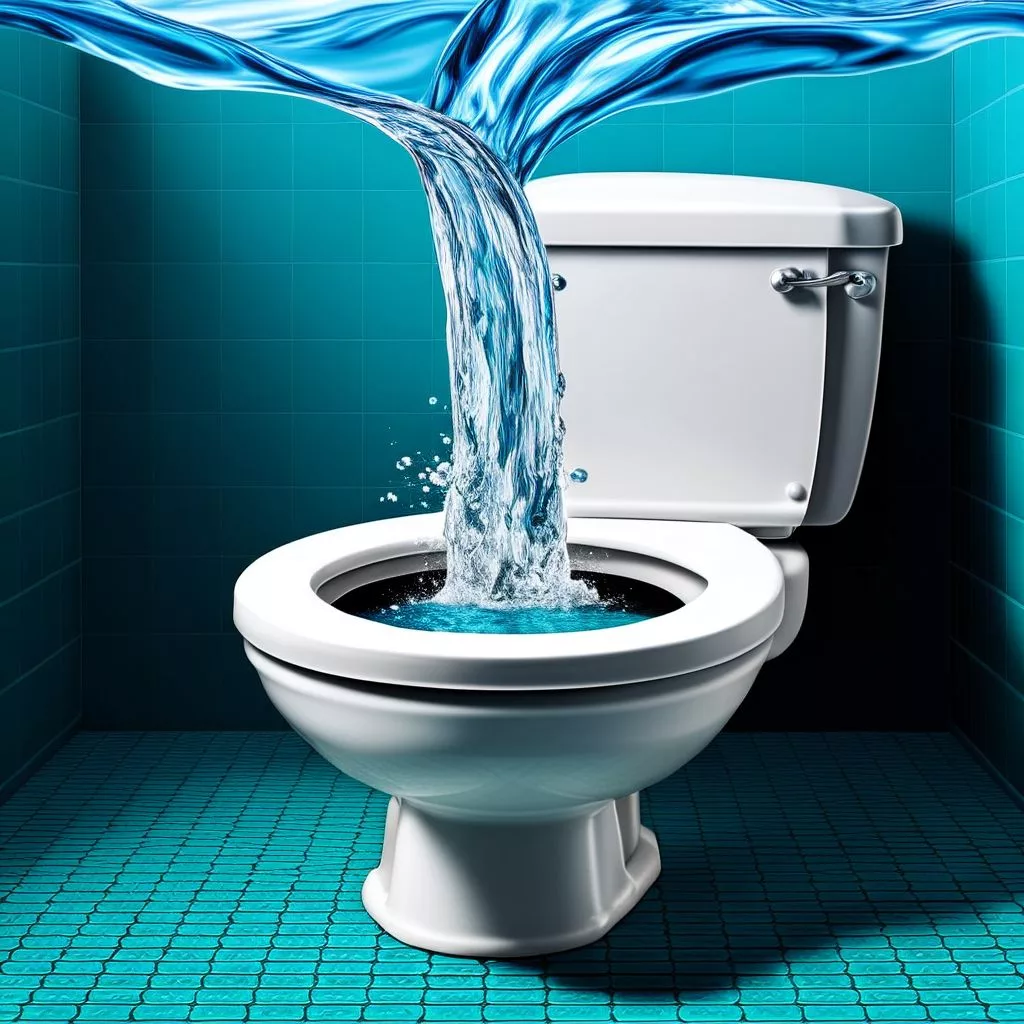The Kogelberg Mountains are a dazzling escape filled with stunning views, unique plants, and fascinating wildlife. Just an hour from Cape Town, these mountains boast crystal-clear pools and vibrant fynbos, making them a paradise for hikers. On a chilly morning, a group set off on a thrilling hike, eager to reach the refreshing pools despite crafty baboons lurking nearby. With breathtaking scenery around every bend, the hike offers a perfect mix of adventure and tranquility, promising an unforgettable day in nature’s embrace.
What makes the Kogelberg Mountains a must-visit destination?
The Kogelberg Mountains offer breathtaking scenery, rich biodiversity, and a unique cultural heritage. Highlights include the stunning Crystal Pools, diverse fynbos vegetation, and a chance to spot local wildlife, including baboons. Ideal for hikers seeking adventure and natural beauty, they promise an unforgettable experience.
A Geological Marvel
Between 250 and 330 million years ago, the Earth underwent a monumental tectonic shift, sealing the Agulhas Sea and compressing sedimentary deposits into dramatic folds. This geological event created the Cape Fold Belt, a series of rugged mountain ranges. Among these, the Kogelberg Mountains stand out, situated just an hour’s drive from Cape Town. These mountains are not just a feast for the eyes; they also house the pristine fynbos landscape, complete with the clearest pools you’ve ever seen. These pools often attract baboons, ever on the lookout for a convenient human snack.
My friend, driven by curiosity and determination, managed to secure ten permits for the coveted Crystal Pools hike at the Steenbras River Gorge. The challenge wasn’t a lack of interest but the strict regulations imposed by SANParks: only ten permits per person and a daily cap of 50 hikers. With our date set, we assembled on a frosty morning at the Steenbras Nature Reserve‘s entrance. Our guide shared vital tips for encountering baboons—essentially, to surrender any food or bags without resistance. It felt counterintuitive, but it was necessary given the baboons’ cleverness and boldness.
Our journey began just off Clarence Drive (R44), marked by a distinctive bridge that serves as an entry point. Below the bridge, the Atlantic Ocean caresses the white sands of Steenbras Nature Reserve, forming a clear estuary that hints at the natural splendor awaiting us. The hike covers 6.8 kilometers, and although the morning was cold, the sun’s rays soon broke through the fog, prompting us to shed layers as warmth enveloped us.
The Adventurous Trek
The trail initially follows the Steenbras River, meandering through dense, green shrubland and rocky terrain for approximately two kilometers before revealing the first pool. Our excitement grew as we continued the hike, climbing steadily towards more prominent pools. A steep ascent led us to the mountain’s peak, followed by a descent to the final pool—a secluded spot near the Steenbras Dam. By the time we reached it, the sun had fully dispersed the morning mist. Despite a few wrong turns on the poorly marked trail, we were eager for a refreshing dip.
Our secluded oasis remained private for only a short while before a crafty baboon appeared, making off with my friend’s food. The baboon quickly unwrapped the packaging and devoured the contents, then prowled the area for more. Despite our efforts to shoo it away, the baboon remained unflustered. To protect our belongings, we decided to leave the final pool and swim in the main area instead.
The scenery along the hike is nothing short of awe-inspiring—fynbos-covered mountain folds, deep valleys, glistening pools, and occasional ocean vistas. While a few hours in such surroundings might suffice, I recommend dedicating an entire day to luxuriate by the pools. The hike closes to the public in April for restoration and reopens in November. We managed our trip in the last week of March, savoring the final rays of summer. We jumped from sun-warmed rocks into the cool, crystalline waters, enjoying the remnants of our picnic.
Ecological and Cultural Riches
The Kogelberg Mountains are particularly fascinating due to their ecological importance. Part of the Cape Floral Kingdom, one of the world’s six floral kingdoms and the smallest yet most diverse, this region is a biodiversity hotspot with over 1,600 plant species, many of which are endemic. Historically, the landscape has inspired numerous artistic and literary works, capturing its unique beauty through various mediums. The rugged terrain and pristine pools have drawn comparisons to Romantic landscapes, where nature’s untamed beauty evokes both awe and introspection.
Adding to the allure is the area’s rich cultural history. Indigenous Khoi and San peoples once roamed these lands, their presence etched in rock art and archaeological sites scattered throughout the region. More recently, the Kogelberg Biosphere Reserve, designated by UNESCO in 1998, has become a model for conservation and sustainable development. This status underscores the delicate balance between human activity and environmental preservation, a theme resonating through the region’s ongoing efforts to protect its natural heritage.
The hike to Crystal Pools offers more than just a physical challenge; it provides a sensory journey through one of the world’s most extraordinary natural landscapes. The interplay of light and shadow on the quartzite rocks, the rustle of fynbos in the breeze, and the refreshing plunge into clear, cool waters create an experience that lingers long after the hike ends. It’s a place where time seems to stand still, and the outside world fades into the background, leaving only the raw, unfiltered beauty of nature.
Practical Tips and Reflections
While the baboons add an element of unpredictability, they also remind us of the intricate web of life thriving in this unique ecosystem. Their clever antics and human-like behavior offer a glimpse into the intelligence and adaptability of wildlife, prompting us to reflect on our interactions with nature. In many ways, these encounters underscore the importance of respecting and coexisting with the natural world, a lesson that holds relevance far beyond the confines of the Kogelberg Mountains.
For those contemplating a visit, the best time to go is during the warmer months, from November to March, when the pools are most inviting. Be sure to secure permits well in advance, as they are limited and highly sought after. Equip yourself with sturdy shoes, plenty of water, and a sense of adventure. And, of course, be prepared to share the trail with the local baboon population, who are as much a part of the landscape as the fynbos and quartzite rocks.
In essence, the Kogelberg Mountains and the Crystal Pools hike offer a unique blend of natural beauty, ecological significance, and cultural heritage. It’s a place where the ancient and the contemporary coexist harmoniously, where every step reveals a new facet of the landscape’s multifaceted charm. Whether you’re a seasoned hiker or a casual nature enthusiast, this extraordinary corner of the world promises an unforgettable adventure.
FAQ about the Kogelberg Mountains
What are the highlights of the Kogelberg Mountains?
The Kogelberg Mountains are renowned for their breathtaking scenery, rich biodiversity, and unique cultural heritage, featuring stunning Crystal Pools, diverse fynbos vegetation, and opportunities for wildlife spotting, including baboons. This makes it an ideal destination for hikers and nature lovers alike.
How does the geological history of the Kogelberg Mountains contribute to its beauty?
The Kogelberg Mountains were shaped by monumental tectonic shifts between 250 and 330 million years ago, forming dramatic folds in the landscape. These geological events created the Cape Fold Belt, resulting in rugged mountains that support a pristine fynbos ecosystem, contributing to the area’s stunning vistas and unique environmental characteristics.
What can hikers expect on the Crystal Pools hike?
The Crystal Pools hike covers 6.8 kilometers and features a variety of terrains, starting along the Steenbras River and leading through dense shrubland to several beautiful pools. Hikers will experience steep ascents, breathtaking views, and the chance to enjoy a refreshing swim in the crystal-clear waters. It is advised to dedicate an entire day to fully soak in the beauty of the area.
Are permits required for hiking in the Kogelberg Mountains?
Yes, permits are required to hike to the Crystal Pools, and they are limited to 50 hikers per day, with a cap of ten permits per person. It is advisable to secure permits well in advance, especially during the peak hiking season from November to March.
What should visitors be aware of regarding local wildlife?
Hikers should be mindful of the local baboon population, which is known to be clever and opportunistic when it comes to food. It’s essential to keep bags and food secured, as baboons may attempt to snatch these items. It is best to surrender food if approached by a baboon to avoid confrontation.
When is the best time to visit the Kogelberg Mountains?
The ideal time to visit the Kogelberg Mountains is during the warmer months, specifically from November to March, when the pools are inviting for swimming. However, keep in mind that the hike to the Crystal Pools closes in April for restoration and reopens in November, so plan your trip accordingly.









